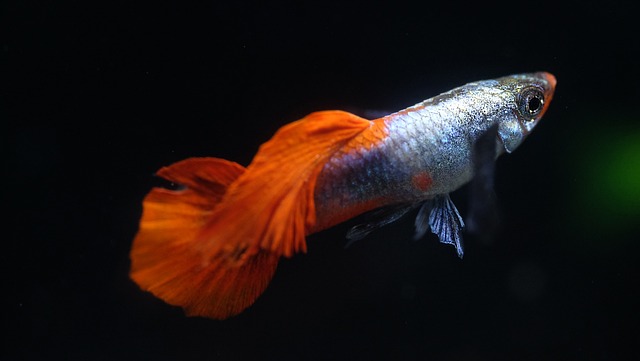Danios and guppies are two of the most popular freshwater fish species for aquarium enthusiasts. They are both easy to care for, colorful, and active, making them great additions to any tank. However, many people wonder if these two species can breed with each other.
The short answer is no; Danios and guppies cannot interbreed.
While they may look similar in some ways, they are very different species with different genetic makeup.
Danios belong to the family Cyprinidae, while guppies are part of the family Poeciliidae. Unfortunately, these two families are not closely related, so they can’t produce offspring together.
While Danios and guppies cannot breed with each other, they can still coexist peacefully in the same tank.
In fact, they can even form a symbiotic relationship where the Danios act as “cleaner fish” by eating algae and parasites off the guppies’ skin. This can help keep the tank clean and healthy for all the fish.
Can Danios and Guppies Breed?
What are Danios and Guppies?
Danios and guppies are popular freshwater fish species often kept in aquariums. Danios are small, active fish that belong to the Cyprinidae family, while guppies are small, colorful fish that belong to the Poeciliidae family.
Both species are known for their hardiness, ease of care, and active personalities.
Reproduction of Danios and Guppies
Danios and guppies reproduce in different ways. Danios are egg-layers, meaning the female lays eggs, and the male fertilizes them.
Guppies, on the other hand, are livebearers, which means that the female gives birth to live young.
Can Danios and Guppies Breed?
Danios and guppies can breed, but it is not recommended. This is because the two species have different breeding habits, which makes it difficult for them to mate successfully.
In addition, the offspring of a danio-guppy hybrid may have genetic abnormalities that can affect their health and lifespan.
While some hobbyists have reported successful breeding between danios and guppies, it is generally not recommended to breed the two species intentionally.
It is important to remember that hybridization can lead to health problems and other issues, and it is best to stick to breeding within the same species.
In summary, while danios and guppies may be compatible in the same aquarium, it is not recommended to breed the two species intentionally.
It is essential to prioritize the health and well-being of the fish in your aquarium, and sticking to breeding within the same species is the best way to do so.
How to Breed Danios and Guppies
Setting up the Breeding Tank
You need to set up a breeding tank to breed danios and guppies. The size of the tank should be at least 10 gallons. You should fill the tank with clean water and add plants, such as java moss or hornwort, to provide hiding places for the fry.
You should also add a heater to the tank to maintain a temperature between 75-82°F and a filter to keep the water clean. The pH of the water should be between 6.5-8.0.
Breeding Process
Before breeding, you should separate the male and female danios and guppies for a few weeks to allow them to mature. Once they are ready, you can introduce the male and female into the breeding tank.
The male will chase the female around the tank, and the female will lay eggs on the plants. After the eggs are laid, you should remove the adult fish from the breeding tank to prevent them from eating them.
The eggs will hatch in 2-3 days, and the fry will start swimming after 2-3 more days. You should feed the fry with baby brine shrimp or crushed flakes.
Caring for Fry
After the fry starts swimming, remove any dead eggs or fry from the tank. You should also perform regular water changes to keep the water clean.
As the fry grows, you should gradually increase the food you give them. For example, you can feed them with small amounts of crushed flakes or baby brine shrimp several times daily.
The fry takes about 4-6 weeks to grow into adult fish. Once they are fully grown, you can move them to a larger tank.
Breeding danios and guppies can be a rewarding experience for fish enthusiasts. You can successfully breed and care for these fish by following these simple steps.




